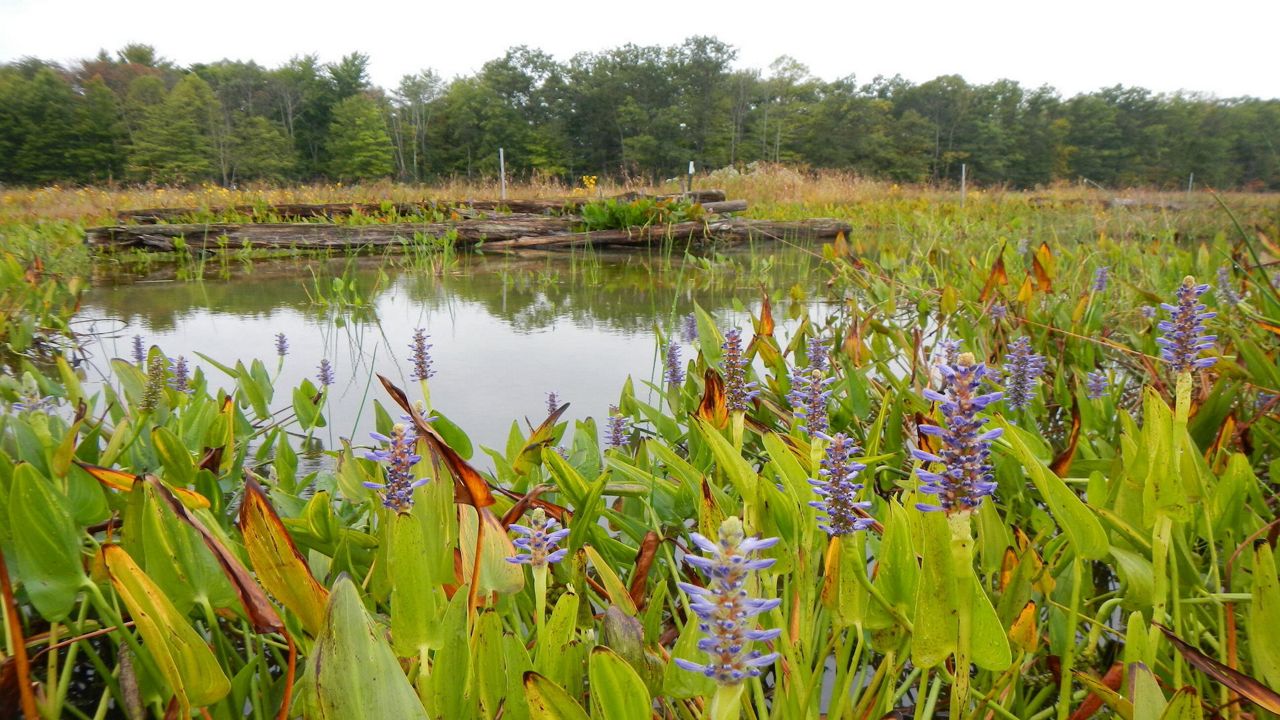BOSTON TOWNSHIP, Ohio — When the Cuyahoga Valley National Park purchased a property in the mid-80s as part of its expanding footprint, park officials weren’t aware they had taken on a toxic dump site.
Now, after years of cleanup, working closely with the Ford Motor Co. and other companies whose waste contributed to the contamination, the site has been returned to a lush, natural environment, complete with meadows, pools and wetland habitat for wildlife, the National Park Service said.
Recognizing the Herculean effort it took to clean up the site, including the park’s cooperative partnerships with federal and states agencies, developers and local entities, the U.S. EPA has awarded the Cuyahoga Valley National Park its National Federal Facility Excellence in Site Reuse award, for outstanding remediation efforts, the EPA announced in a release.
“By investing in a major environmental cleanup, the National Park Service has not only honored Congress’s intent, they have also restored wetlands and meadows,” said EPA Region 5 Administrator Debra Shore. “Through strong federal, state and local partnerships, this site is now a thriving recreational space that will be enjoyed for generations to come.”
Known as the, Krejci Dump, the site covered more than 40 acres between Hines Hill Road and I-271. The former owners, the Krejci family, had run a scrap operation there from 1948 to 1980, collecting waste from municipalities and companies, at a time when dump sites weren’t closely regulated.
After buying the property, the CVNP realized there was a problem when visitors and rangers became ill at the site with headaches and skin rashes, the park service said, so it closed the area in 1986.
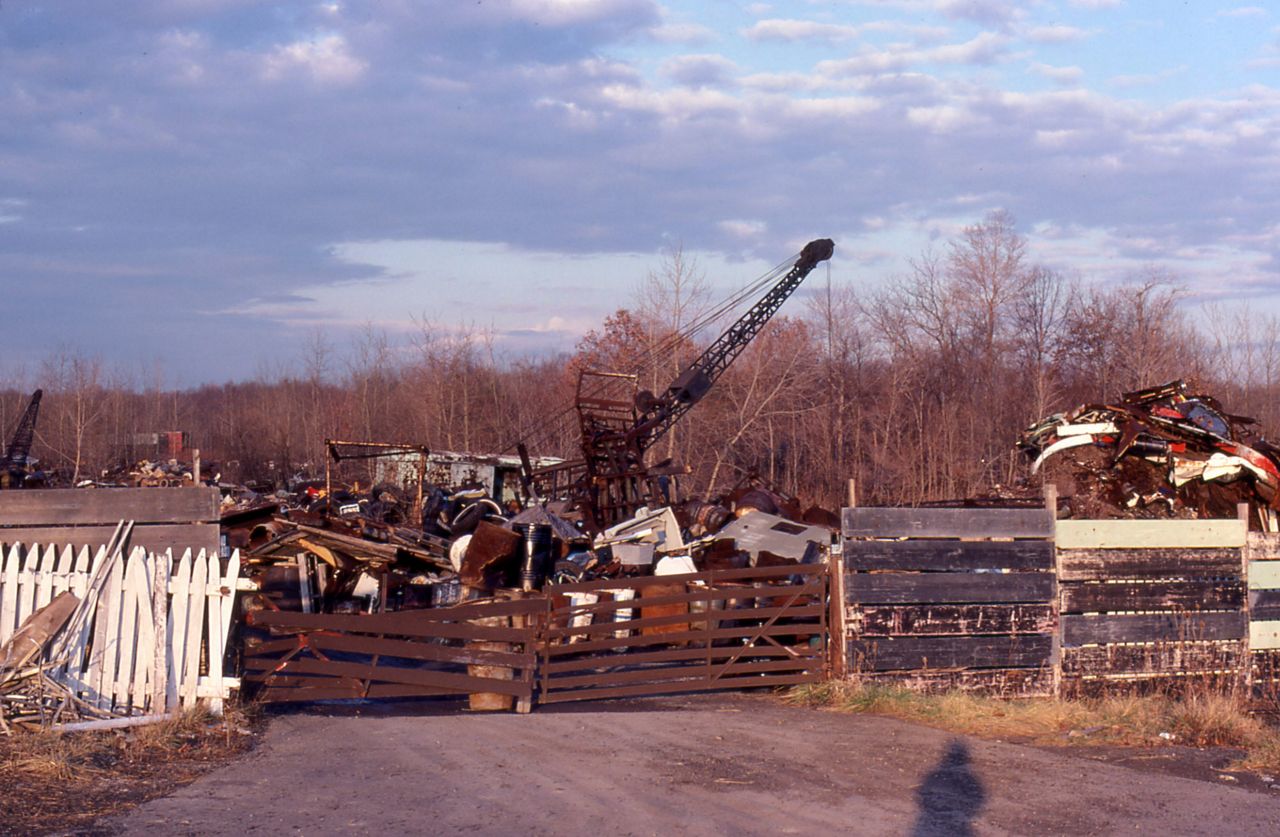
The park brought in the Ohio and U.S. EPAs to investigate and, with thousands of barrels of leaking industrial waste, the land was found to be so contaminated it qualified as a Superfund site requiring a major cleanup, the park service said. The 1980 law that created Superfund, made the parties responsible for cleaning up the contamination or reimbursing the government for cleanup work executed by the EPA.
Cleanup at the Krejci site began in 2000, and as part of a settlement, Ford Motor Co. took the lead role, with assistance from General Motors Co., Chrysler Corp., 3M, Chevron and others, and overseen by the EPA, the park service said.
A year later, the park service scored a major victory when 3M was ordered by a federal judge to repay the park service more than $20 million it had spent on the initial site investigation, the park service said. The money was put into a fund that launched NPS’s own site cleanup and enforcement program.
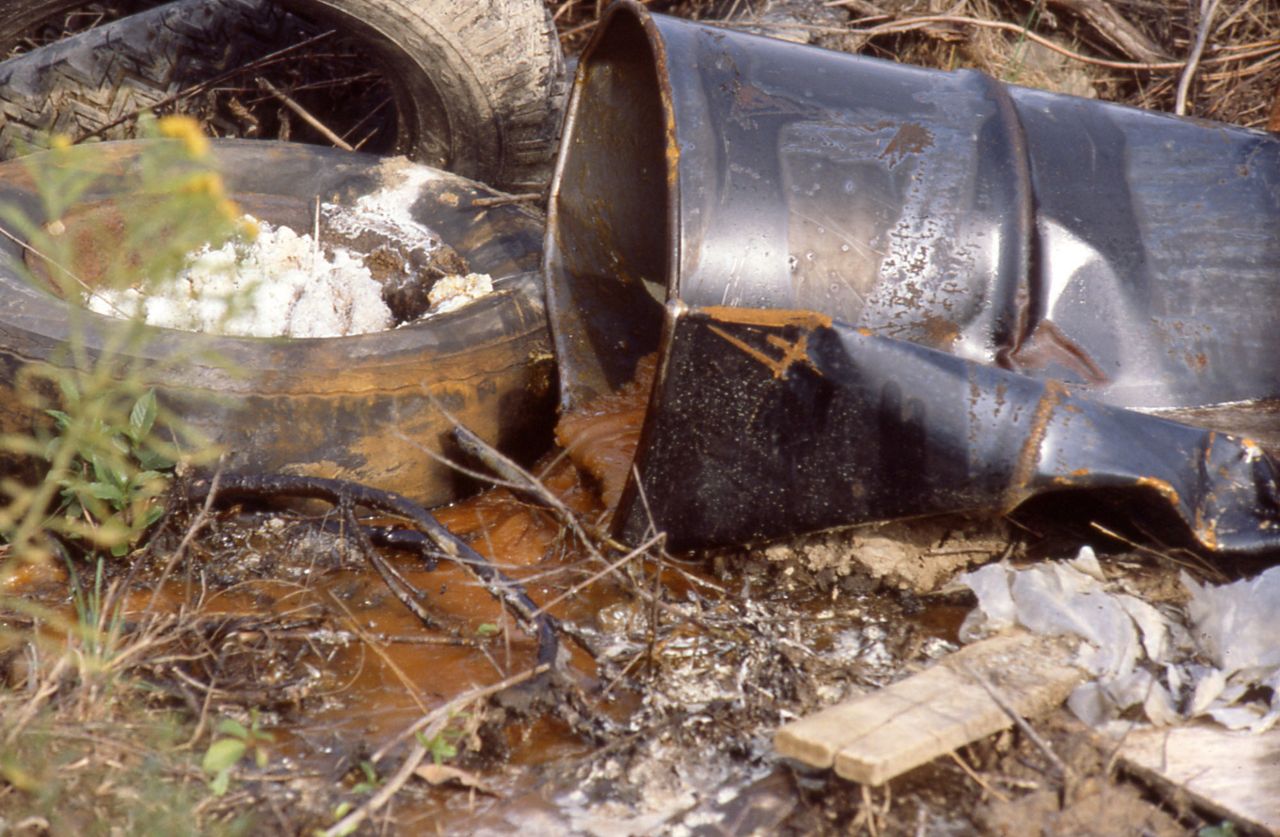
Removing toxic soil and material at the Krejci site took years.
Veronica Dickerson, Environmental Protection Specialist at CVNP, served as project manager for 10 of those years, ensuring the remediation was implemented as it was designed and that the project proceeded as it should, she said.
That meant managing the entities responsible for the contamination and keeping the park service and EPA apprised of the progress.
“It's exhilarating,” Dickerson said. “I tend to thrive on that level of chaos. You have to be able to pivot.”
During the project, the depths of the contamination varied, with some areas up to 25-feet deep, as more and more barrels were uncovered.
“It’s where it could kind of derail your excitement, but it actually intensifies it, because you're still getting closer to the end goal and getting a site cleaned up and brought back to the public,” she said.
By 2012, the park service reported that more than 375,000 tons of contaminated material had been shipped to a licensed hazardous-material facility in Michigan.
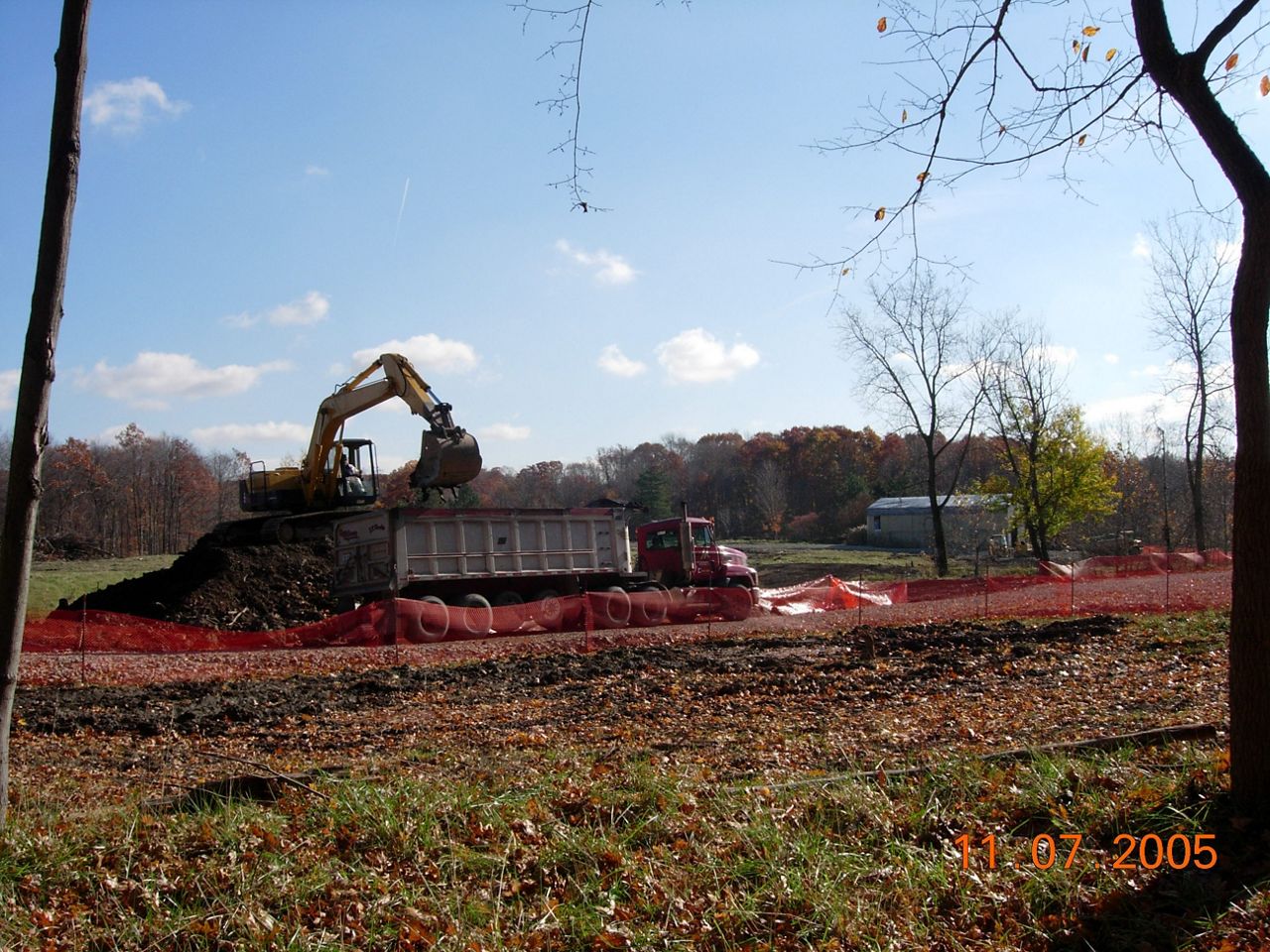
What the contents of some of the barrels was used for was never identified, Dickerson said, as none of the companies involved wanted to claim them. Scientists could identify the molecular structure of the fluid, but not the use.
“It would have been nice to know because, some of us were curious, like, ‘what was that for?’” she said. “It was pretty nasty.”
Once the contamination was removed, workers began stabilizing the ravines on either side of the dump area through extensive grading.
In 2013, work began to recreate the natural features of the landscape, preparing nearly four acres of the area for meadows and wetlands, the park service said. It was then seeded with a variety of native grasses and wildflowers.

By 2015, the plants were becoming well established and the wetlands returning, the park service said.
In 2020, the park service determined the objectives of the site restoration had been achieved and a certificate of completion was issued to Ford.
In the end, those deemed responsible for the contamination paid out more than $50 million for the property’s cleanup and restoration, the park service said.
For now, the CVNP is letting the site rest in its new state, as the land slowly rejuvenates.
“In time, the plants, and the flora and the fauna, and just kind of the circle of life, if you will, will start to re-add those micro and macro nutrients back into the soil,” Dickerson said. “So as time goes on, we'll see those get to healthier levels.”
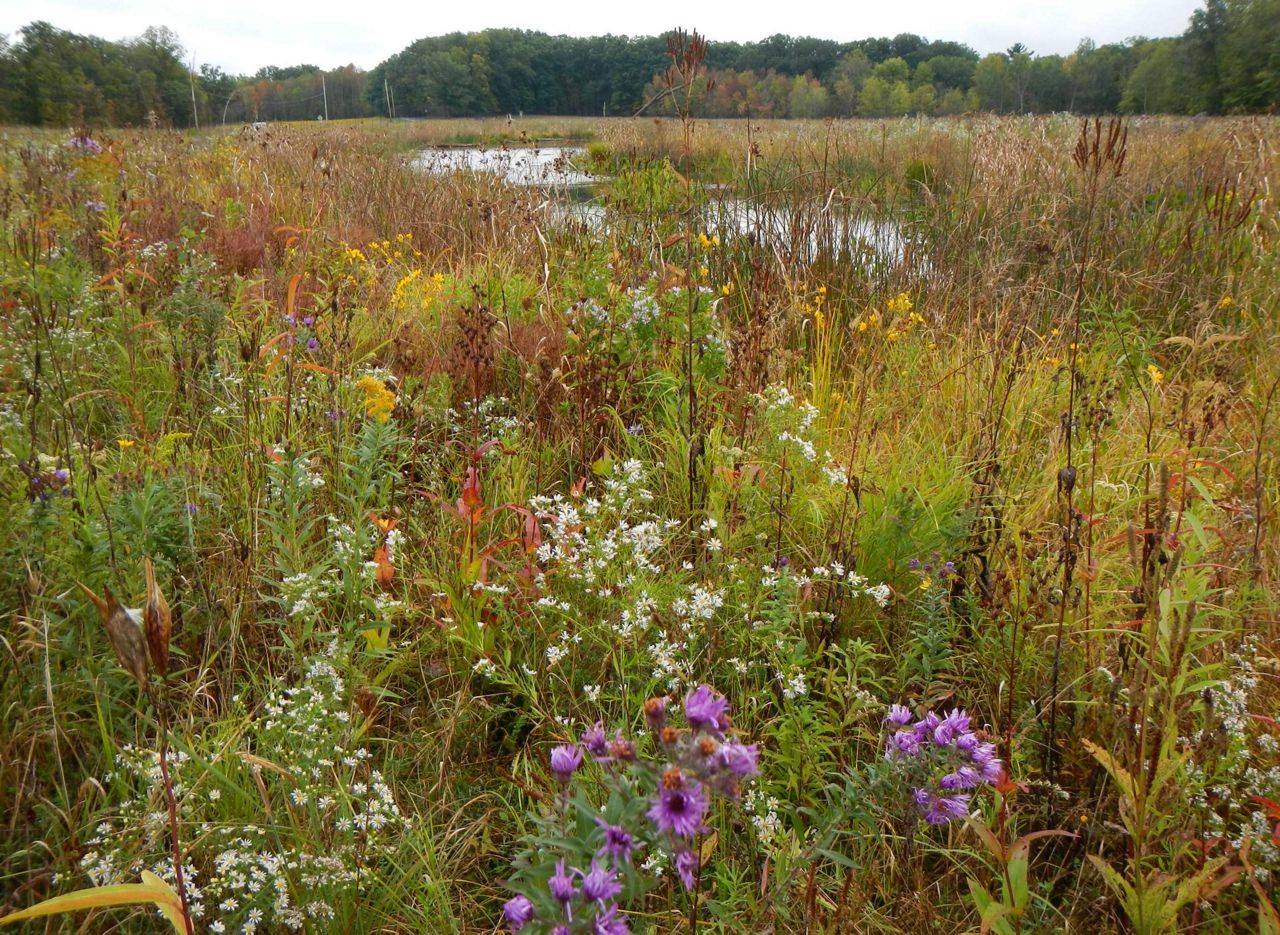
No trails or structures are currently being planned for the site, although park visitors do stop on the nearby access road to enjoy the beauty of the area often, said NPS Community Engagement Supervisor Pam Barnes.
“It's lovely,” she said. “It's amazing to get out of the car and just listen, and contemplate what it used to be.”
The Krejci site is illustrative of the larger efforts of the national park, she said.
“This park has really been striving to take the damage that man has done in the past, and clean it up for the future,” Barnes said. “We've done a great deal to scar this environment.”
Barnes said she is hopeful society is heading into an era underscored by land revitalization and that upcoming generations are learning important lessons.
“Not to repeat history,” she said.



